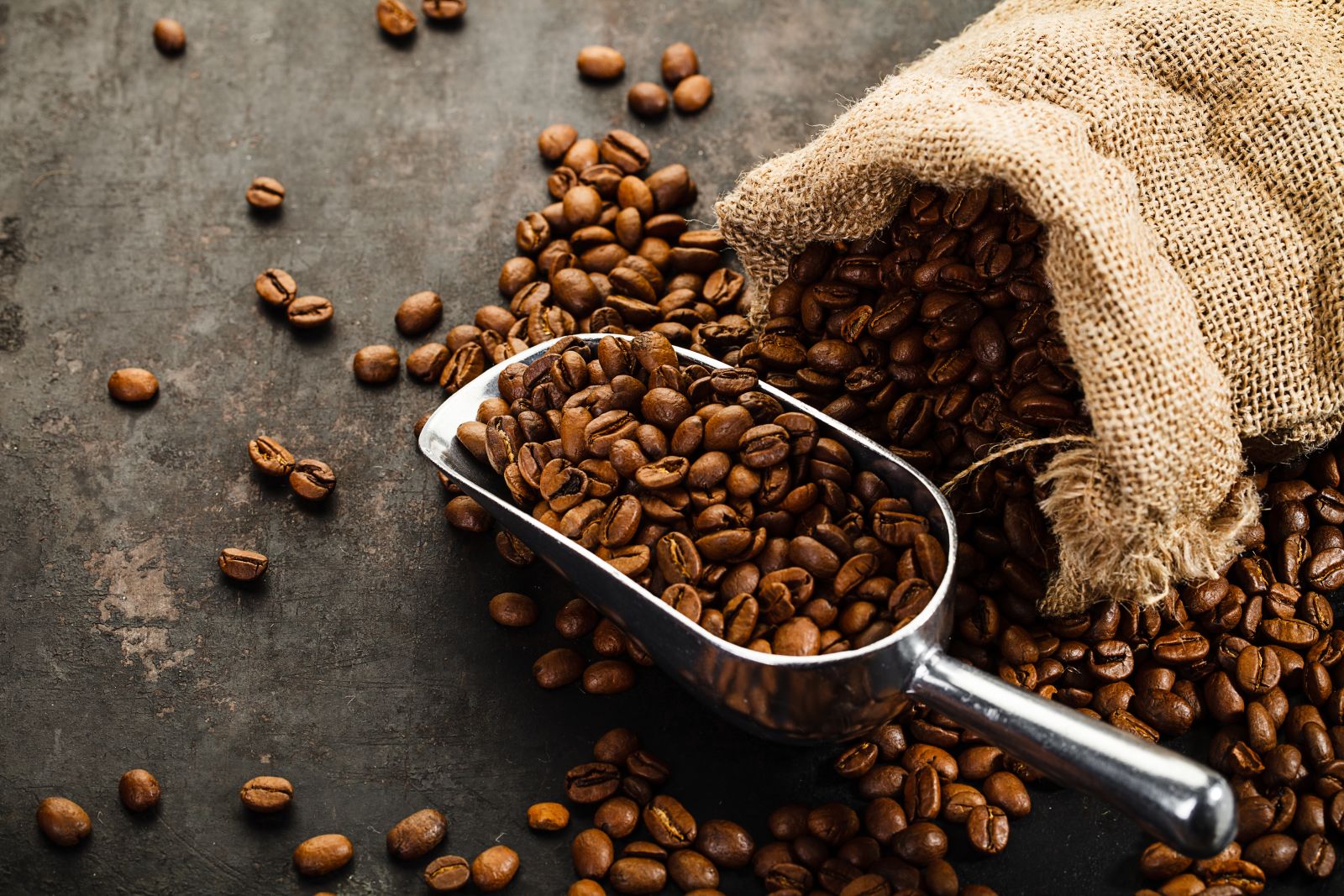
March arabica coffee (KCH24) on Friday closed up +1.55 (+0.82%), and Mar ICE robusta coffee (RMH24) closed up +26 (+0.81%).
Coffee prices on Friday settled moderately higher. Arabica coffee moved higher on concerns about excessive dryness in Brazil after updated weather forecasts reduced the chance for rain in Brazil next week. Robusta coffee also has support after ICE-monitored robusta coffee inventories on Friday fell to a new record low.
Dry conditions in Brazil are supporting arabica coffee prices. Somar Meteorologia reported last Monday that Brazil's Minas Gerais region received 30.9 mm of rainfall in the past week, or 49% of the historical average. Minas Gerais accounts for about 30% of Brazil's arabica crop.
Coffee inventories are tight, which is a supportive factor for coffee prices. On Friday, ICE-monitored robusta coffee inventories fell to a record low of 2,009 lots. ICE-monitored arabica coffee inventories fell to a 24-year low of 224,066 bags on November 30, although they recovered moderately to a 3-month high Friday of 307,262 bags.
Coffee prices on Wednesday fell to 1-week lows after exporter group Cecafe reported that Brazil's Jan coffee exports jumped +45% y/y to 3.7 million bags. Brazil is the world's largest producer of arabica coffee beans.
A bearish factor for coffee was last Wednesday's report from the International Coffee Organization (ICO) that Dec global coffee exports rose +13.6% y/y to 12.168 million bags, and from Oct-Dec global coffee exports rose +6.8% y/y to 32.419 million bags.
A negative factor for coffee was last Monday's hike by Safras & Mercado for its 2022/23 Brazil coffee crop estimate to 61.1 million bags from a previous estimate of 58.9 million bags. Also, Brazil exporter group Comexim on February 1 raised its Brazil 2023/24 coffee export estimate to 44.9 million bags from a previous estimate of 41.5 million bags.
An increase in Vietnam's coffee exports is bearish for robusta prices after Vietnam's General Statistics Office on January 29 reported that Vietnam's Jan coffee exports rose +47.6% y/y to 210,000 MT. Vietnam is the world's largest producer of robusta coffee beans.
Coffee buyers are shunning robusta bean purchases from Vietnam as shipping costs and delivery times have surged due to attacks by Houthi rebels on commercial ships in the Red Sea, which has prompted some of the world's main robusta coffee buyers to reduce bean purchases from Vietnam and secure more robusta supplies from Brazil.
Tight robusta coffee supplies from Vietnam are bullish for prices. Vietnam's General Department of Customs reported on January 10 that Vietnam's 2023 (Jan-Dec) coffee exports fell -8.7% y/y to 1.62 MMT. Also, Vietnam's agriculture department on November 3 projected Vietnam's coffee production in the 2023/24 crop year could drop by -10% to 1.656 MMT, the smallest crop in four years, due to drought. Meanwhile, the Vietnam Coffee Association on December 5 projected that 2023/24 Vietnam coffee production would fall to 1.6 MMT-1.7 MMT, down from 1.78 MMT a year earlier.
A bearish factor for arabica was the projection from Conab, Brazil's crop forecasting agency, on January 25 that Brazil's 2024 arabica coffee production would climb +5.4% y/y to 58.1 million bags. The 2024 coffee crop year is seen as the most productive of Brazil's biennial coffee year cycle.
This year's El Nino weather event is bullish for coffee prices. An El Nino pattern typically brings heavy rains to Brazil and drought to India, negatively impacting coffee crop production. The El Nino event may bring drought to Vietnam's coffee areas late this year and in early 2024, according to an official from Vietnam's Institute of Meteorology, Hydrology, and Climate Change.
In a bearish factor, the International Coffee Organization (ICO) projected on December 5 that 2023/24 global coffee production would climb +5.8% y/y to 178 million bags due to an exceptional off-biennial crop year. ICO also projects global 2023/24 coffee consumption will rise +2.2% y/y to 177 million bags, resulting in a 1 million bag coffee surplus.
The USDA's Foreign Agriculture Service (FAS), in its biannual report released on December 21, projected that world coffee production in 2023/24 will increase +4.2% y/y to 171.4 million bags, with a +10.7% increase in arabica production to 97.3 million bags, and a -3.3% decline in robusta production to 74.1 million bags. The USDA's FAS forecasts that 2023/24 ending stocks will fall by -4.0% to 26.5 million bags from 27.6 million bags in 2022-23. The USDA's FAS projects that Brazil's 2023/24 arabica production would climb +12.8% y/y to 44.9 mln bags due to higher yields and increased planted acreage. The USDA's FAS also forecasts that 2023/24 coffee production in Colombia, the world's second-largest arabica producer, will climb +7.5% y/y to 11.5 mln bags.
On the date of publication, Rich Asplund did not have (either directly or indirectly) positions in any of the securities mentioned in this article. All information and data in this article is solely for informational purposes. For more information please view the Barchart Disclosure Policy here.






